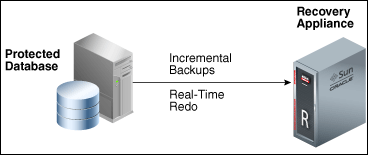Recently I made an Exadata stack upgrade/update to the last 19.2 version (19.2.7.0.0.191012) released in October of 2019, and update the GI to the last 19c version (19.5.0.0.191015) and after that, I hade some issues to create 11G databases.
So, when I try to create an 11G RAC database, the error “File -oracka.ko- was not found” appears and creation fails. Here I want to share with you the workaround (since there is no solution yet) that I discovered and used to bypass the error.
The environment
The actual environment is:
- Grid Infrastructure: Version 19.5.0.0.191015
- Exadata domU: Version 19.2.7.0.0.191012 running kernel 4.1.12-124.30.1.el7uek.x86_64
- 11G Database: Version 11.2.0.4.180717
- ACFS: Used to store some files
oracka.ko
So, calling dbca:
[DEV-oracle@exsite1c1-]$ /u01/app/oracle/product/11.2.0.4/dbhome_1/bin/dbca -silent -createDatabase -templateName General_Purpose.dbc -gdbName D11TST19 -adminManaged -sid D11TST19 -sysPassword oracle11 -systemPassword oracle11 -characterSet WE8ISO8859P15 -emConfiguration NONE -storageType ASM -diskGroupName DATAC8 -recoveryGroupName RECOC8 -nodelist exsite1c1,exsite1c2 -sampleSchema false Copying database files 100% complete Look at the log file "/u01/app/oracle/cfgtoollogs/dbca/D11TST19/D11TST19.log" for further details. [DEV-oracle@exsite1c1-]$

